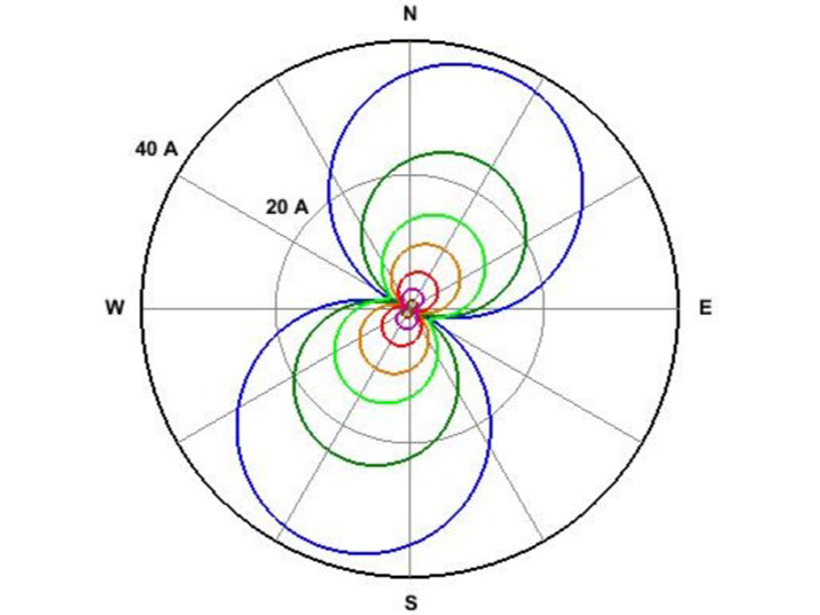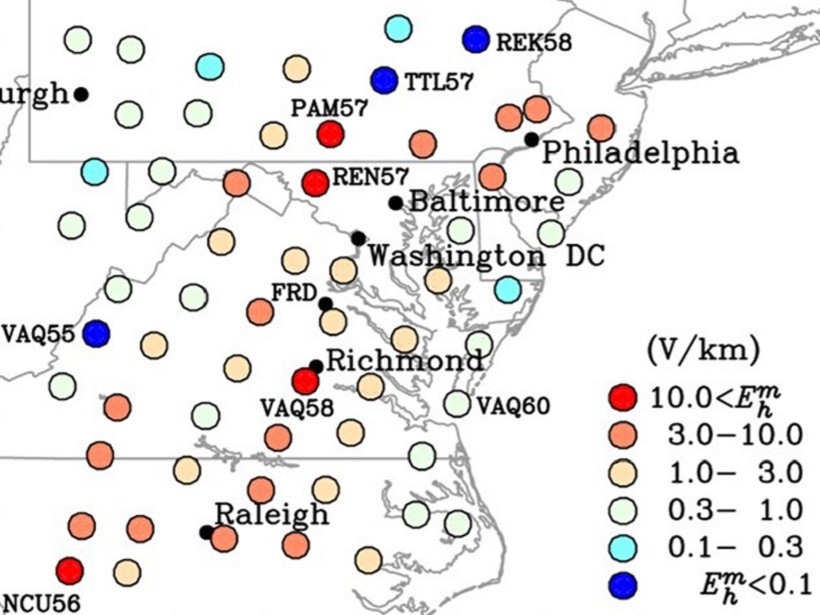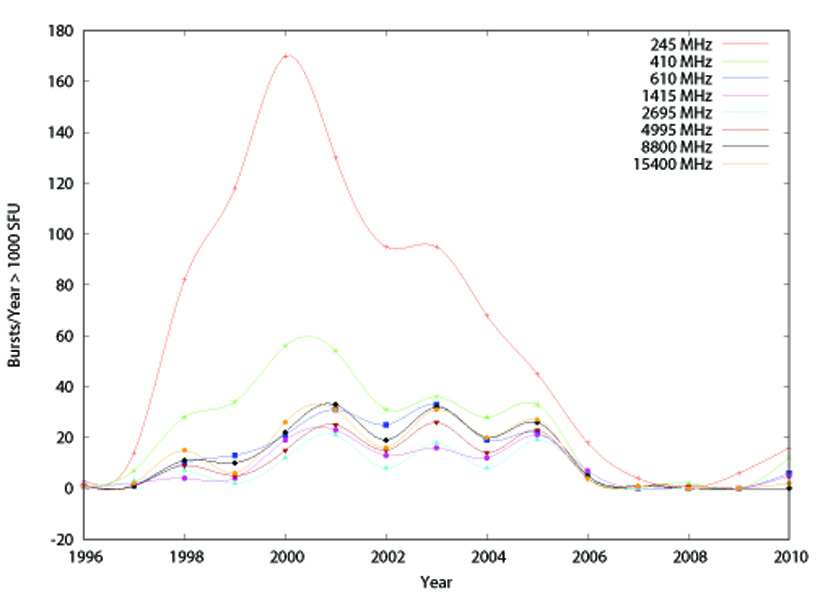Space Weather: A Multi-disciplinary Approach; Leiden, Netherlands, 25–29 September 2017
space weather (hazard)
Predicting and Avoiding Collisions in Space
Solar wind drivers affecting the satellite environment have about a one hour predictive horizon, but solar wind speed periodicities and ensemble modeling can extend the forecast interval.
White House Seeks Input to Update Space Weather Strategy
Space weather can affect many technologies and infrastructures that society relies on. The White House seeks public input to inform the next steps to better prepare the Nation for this hazard.
Understanding the Effects of Anthropogenic Space Weather
A large plasma hole generated by the vertical launch of the Formosat-5 satellite created temporary navigating and positioning errors of up to 1 meter, according to a new study.
Exploring How Space Weather Can Damage Power Grids
A new model of geomagnetically induced currents revisits how space weather damaged a New Zealand grid transformer in 2001, and shows how much worse it could be in a space weather superstorm.
Mapping Extreme-Value Geoelectric Fields
To help mitigate magnetic storm interference on electric power grid operations, extreme-value geoelectric fields have been mapped across the mid-Atlantic United States.
Comparing the Accuracy of Geomagnetic Field Models
Improved accuracy and optimization of models could benefit many applications.
A Survey of Solar Radio Burst Statistics
National solar radio archive records have substantial missing data potentially affecting the ability to benchmark extreme solar events.
Space Weather Threat to Australian Power Networks Assessed
Power companies should be cautious during severe solar storms to maintain the integrity of Australia’s power grid, a new study finds.
Gonzalez Receives 2017 Space Weather and Nonlinear Waves and Processes Prize
Walter Gonzalez will receive the Space Weather and Nonlinear Waves and Processes Prize at the 2017 American Geophysical Union Fall Meeting, to be held 11–15 December in New Orleans, La. The award recognizes “cutting-edge work in the fields of space weather and nonlinear waves and processes.”









